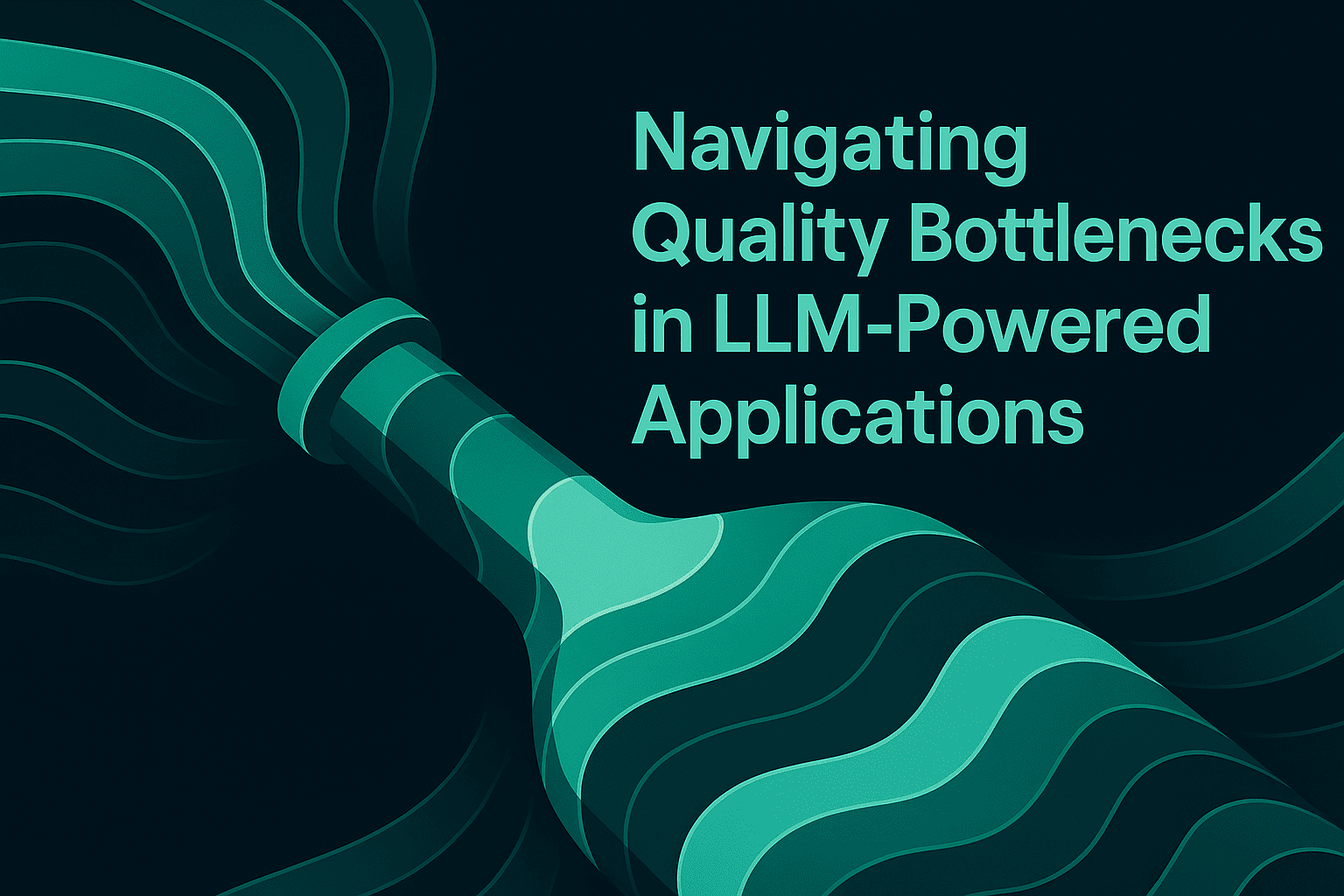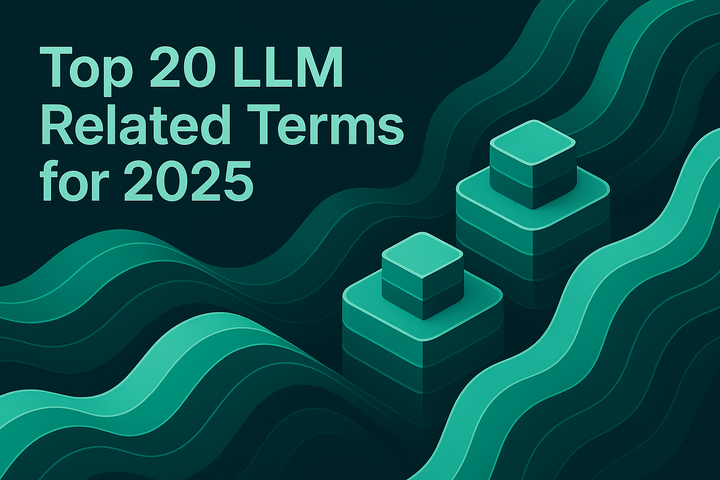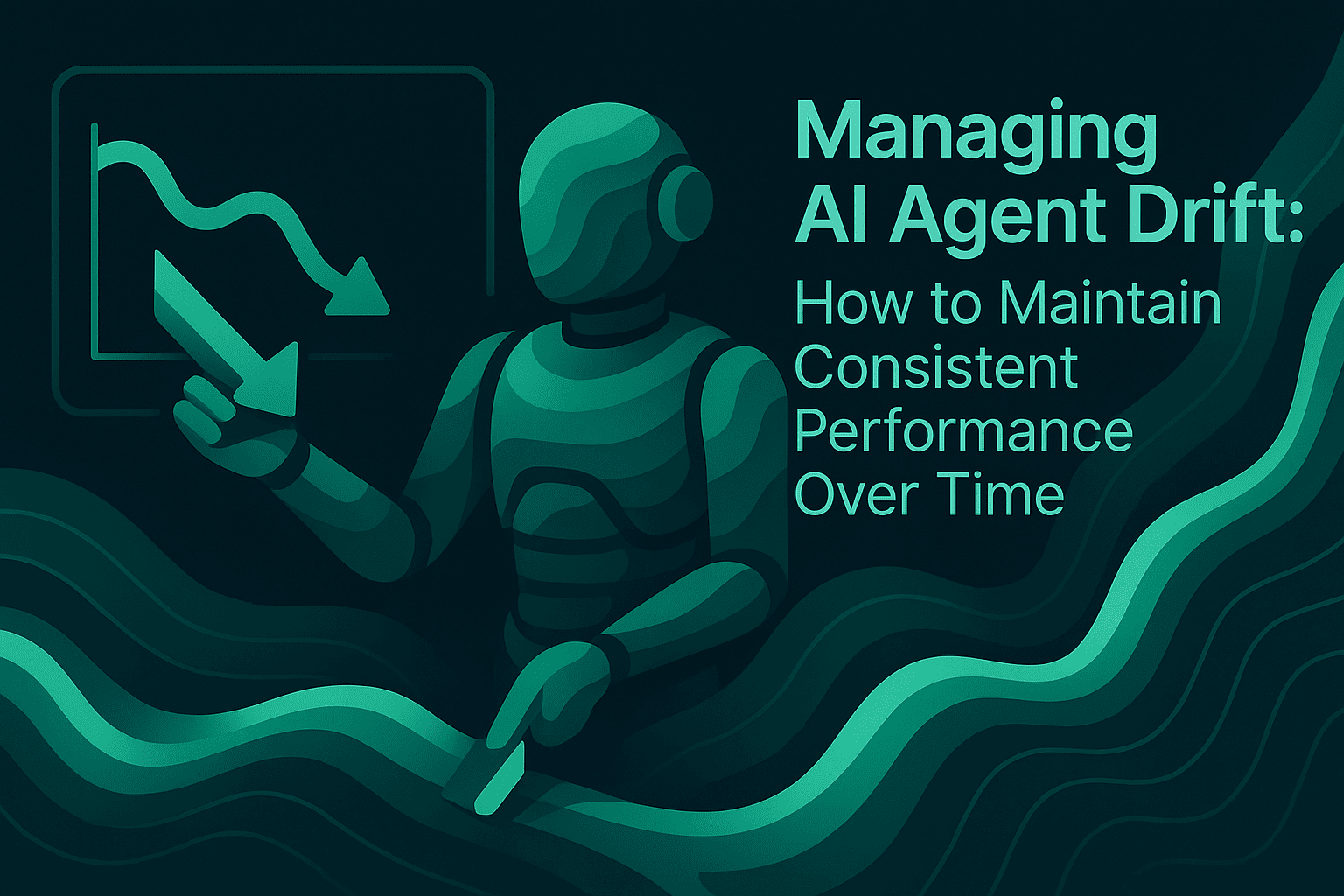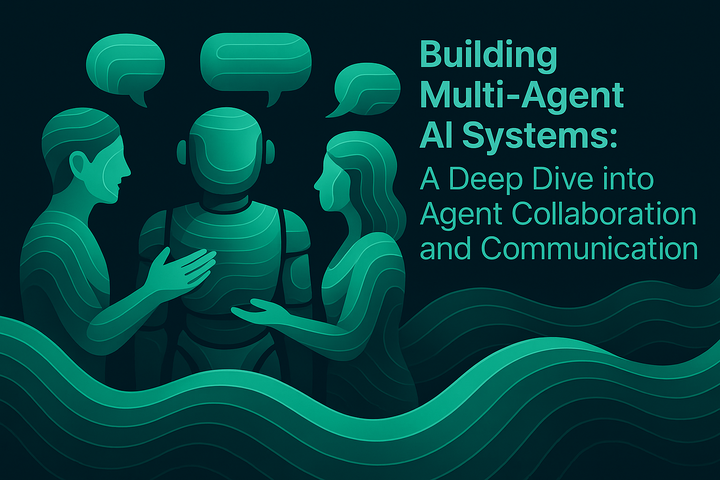Navigating Quality Bottlenecks in LLM-Powered Applications

As organizations deploy large language models into production applications, they encounter a stark reality that separates successful implementations from failed pilots: quality bottlenecks that constrain reliability, performance, and scalability. A striking 72% of companies report ongoing problems with the quality and reliability of AI-generated outputs, including factual inaccuracies and inappropriate content, according to recent MIT Technology Review research. These quality challenges represent the most significant barrier to widespread LLM adoption in enterprise environments.
Quality bottlenecks in LLM applications manifest across multiple dimensions, from hallucinations and inconsistent outputs to latency issues and cost overruns. For teams building production LLM systems, identifying and addressing these bottlenecks early determines whether applications deliver reliable business value or become costly maintenance burdens. This article explores the critical quality bottlenecks teams face when scaling LLM applications and practical strategies for navigating them successfully.
Understanding LLM Quality Bottlenecks
Quality bottlenecks in LLM-powered applications differ fundamentally from traditional software quality issues due to the non-deterministic nature of language models. These models generate outputs that vary even with identical inputs, making quality assurance inherently more complex than deterministic systems.
Output Quality and Reliability
The most visible quality bottleneck centers on output reliability. LLMs exhibit non-deterministic behavior, meaning they are statistical processes that can produce errors or hallucinations. Assessing LLM responses is challenging as the outputs are non-deterministic, and their quality cannot be easily quantified. This uncertainty creates significant risks for applications where accuracy is critical, such as medical diagnostics, financial advice, or legal research.
Hallucinations (when models generate plausible but factually incorrect information) represent a persistent quality concern. Traditional software testing approaches that rely on exact output matching fail for LLM applications because identical inputs can produce different but equally valid results. Teams need evaluation frameworks that assess outcome quality rather than expecting deterministic outputs.
Evaluation and Testing Challenges
Producing effective metrics for evaluating LLMs poses significant challenges. When models are deployed to answer customer questions or generate content, it can be difficult to obtain a stable ground truth to evaluate the application with. Further, evaluations must be tailored to the application's specific use case to properly measure qualities like accuracy, relevancy, coherence, and toxicity.
Without comprehensive evaluation frameworks, teams struggle to measure quality consistently across model versions, prompt variations, and production conditions. Manual evaluation doesn't scale, while automated metrics often miss nuanced quality issues that human reviewers would catch.
Performance Bottlenecks
Beyond output quality, performance bottlenecks directly impact user experience and operational costs. Memory management challenges create significant constraints, as modern LLMs often require many gigabytes of memory for model weights and intermediate data. Memory bottlenecks can severely hurt latency and throughput if not handled carefully.
Latency manifests at multiple stages. Time to first token (TTFT) measures the delay from sending a request to receiving the first generated token, while time per output token (TPOT) measures the average time taken to generate each subsequent token. Both metrics significantly impact user experience, particularly for interactive applications like chatbots where response time expectations are high.
Cost and Resource Constraints
Quality optimization often conflicts with cost constraints. Teams face difficult tradeoffs between model quality and operational expenses. Larger models generally produce higher quality outputs but consume more computational resources and increase inference costs. Finding the optimal balance requires systematic experimentation comparing output quality, cost, and latency across various model configurations.
The GPU constraints limiting throughput have driven many companies to explore alternatives rather than relying exclusively on the most capable models. Not every problem requires the most powerful and expensive computational resources, making strategic model selection a critical quality decision.
Strategies for Navigating Quality Bottlenecks
Addressing LLM quality bottlenecks requires systematic approaches that span development, testing, and production monitoring. Teams that implement structured quality workflows achieve more reliable deployments while maintaining faster iteration cycles.
Implement Comprehensive Evaluation Frameworks
Quality evaluation for LLM applications must operate at multiple levels of granularity, from individual responses to complete agent trajectories. Evaluation metrics should include accuracy, relevance, coherence, factuality, safety, adherence to format, and task completion. Using metrics like BLEU or ROUGE, employing another LLM as a judge, along with human feedback, helps determine output quality and the overall state of the LLM.
Advanced evaluation platforms enable teams to access off-the-shelf evaluators or create custom evaluators suited to specific application needs. Measuring quality quantitatively using AI, programmatic, or statistical evaluators provides objective performance tracking over time. Visualizing evaluation runs on large test suites across multiple versions of prompts or workflows enables teams to understand performance differences clearly.
Leverage Simulation for Pre-Production Testing
Before deploying LLM applications to production, teams should use AI-powered simulations to test behavior across hundreds of scenarios and user personas. Simulation frameworks enable teams to simulate customer interactions across real-world scenarios, evaluate agents at a conversational level, and identify failure points before users encounter them.
Re-running simulations from any step helps reproduce issues, identify root causes, and apply learnings to debug and improve agent performance. This proactive testing approach catches quality issues during development rather than after deployment, reducing the risk of production incidents and user-facing failures.
Optimize Prompts Systematically
AI outputs are highly sensitive to prompt wording, structure, and context. Teams need infrastructure for rapid prompt experimentation that enables iterative improvement without requiring code changes. Organizing and versioning prompts directly from the UI maintains clear history of how prompts evolved and why changes were made.
Deploying prompts with different deployment variables and experimentation strategies accelerates iteration cycles. Teams can compare output quality, cost, and latency across various combinations of prompts, models, and parameters, simplifying decision-making about which configurations to deploy. This systematic approach transforms prompt optimization from guesswork into data-driven engineering.
Establish Production Monitoring
Quality assurance extends beyond pre-deployment testing into continuous production monitoring. Teams need observability infrastructure that tracks LLM performance in production, including latency, cost, token usage, and error rates at granular levels.
Monitoring model bandwidth utilization helps compare efficiency across different inference systems. Common benchmarking metrics include time to first token and tokens per second, which are essential for evaluating system performance. Tracking these metrics helps teams understand system capacity, identify bottlenecks, and optimize resource usage.
Automated evaluations based on custom rules enable continuous quality measurement in production. Setting up alerts when latency, cost, or token usage crosses certain thresholds, or when evaluation metrics fail, ensures rapid response to quality degradations.
Implement Quality Gates
Production deployments should include quality gates that prevent low-quality outputs from reaching users. Topic relevancy and negative sentiment evaluations are common approaches for measuring the effectiveness of LLM applications with user experience data. When models stray from their established domain or generate negative sentiment, systems should flag these outputs for review or trigger fallback behaviors.
Implementing evaluation at multiple stages (during development, before deployment, and in production) creates a comprehensive quality assurance process that catches issues early while maintaining ongoing vigilance.
How Maxim Accelerates Quality Optimization
Building LLM applications that consistently meet quality standards requires comprehensive tooling across the development lifecycle. Maxim's end-to-end platform addresses quality bottlenecks at every stage.
Experimentation: Playground++ enables rapid prompt engineering and experimentation. Teams can connect with databases, RAG pipelines, and prompt tools seamlessly, testing prompts in realistic contexts. Simplifying decision-making by comparing output quality, cost, and latency across various combinations of prompts, models, and parameters helps teams navigate quality-cost tradeoffs systematically.
Simulation: Before production deployment, use AI-powered simulations to test agents across hundreds of scenarios. Evaluate agents at a conversational level, analyze the trajectory agents choose, assess if tasks complete successfully, and identify points of failure. This comprehensive pre-production testing catches quality issues early.
Evaluation: Maxim's unified evaluation framework combines machine and human evaluations, enabling teams to quantify improvements or regressions confidently. Access off-the-shelf evaluators or create custom evaluators suited to specific needs. Measure quality quantitatively using AI, programmatic, or statistical evaluators, and define human evaluations for last-mile quality checks.
Observability: Once deployed, Maxim's observability suite tracks production quality continuously. Monitor real-time logs, run periodic quality checks, and get automated alerts when quality degrades. In-production quality measurement using automated evaluations ensures ongoing reliability.
Data Management: Continuously curate and evolve datasets from production data to improve quality over time. Import datasets easily, enrich them through human feedback, and create data splits for targeted evaluations and experiments.
Conclusion
Quality bottlenecks represent the primary constraint preventing widespread LLM adoption in production environments. From hallucinations and inconsistent outputs to latency issues and cost overruns, these challenges demand systematic approaches that traditional software quality assurance methods cannot adequately address.
Success requires comprehensive evaluation frameworks, pre-production simulation, systematic prompt optimization, production monitoring, and quality gates that span the complete application lifecycle. Teams that implement these practices build more reliable LLM applications while maintaining faster iteration cycles and better cost efficiency.
The gap between pilot projects and production deployments narrows when organizations treat quality as a first-class engineering concern rather than an afterthought. With proper tooling and processes, teams can navigate quality bottlenecks successfully and deliver LLM applications that consistently meet business requirements and user expectations.
Ready to address quality bottlenecks in your LLM applications? Schedule a demo to see how Maxim's end-to-end platform helps teams ship reliable AI agents 5x faster, or sign up to start evaluating your LLM applications today.


